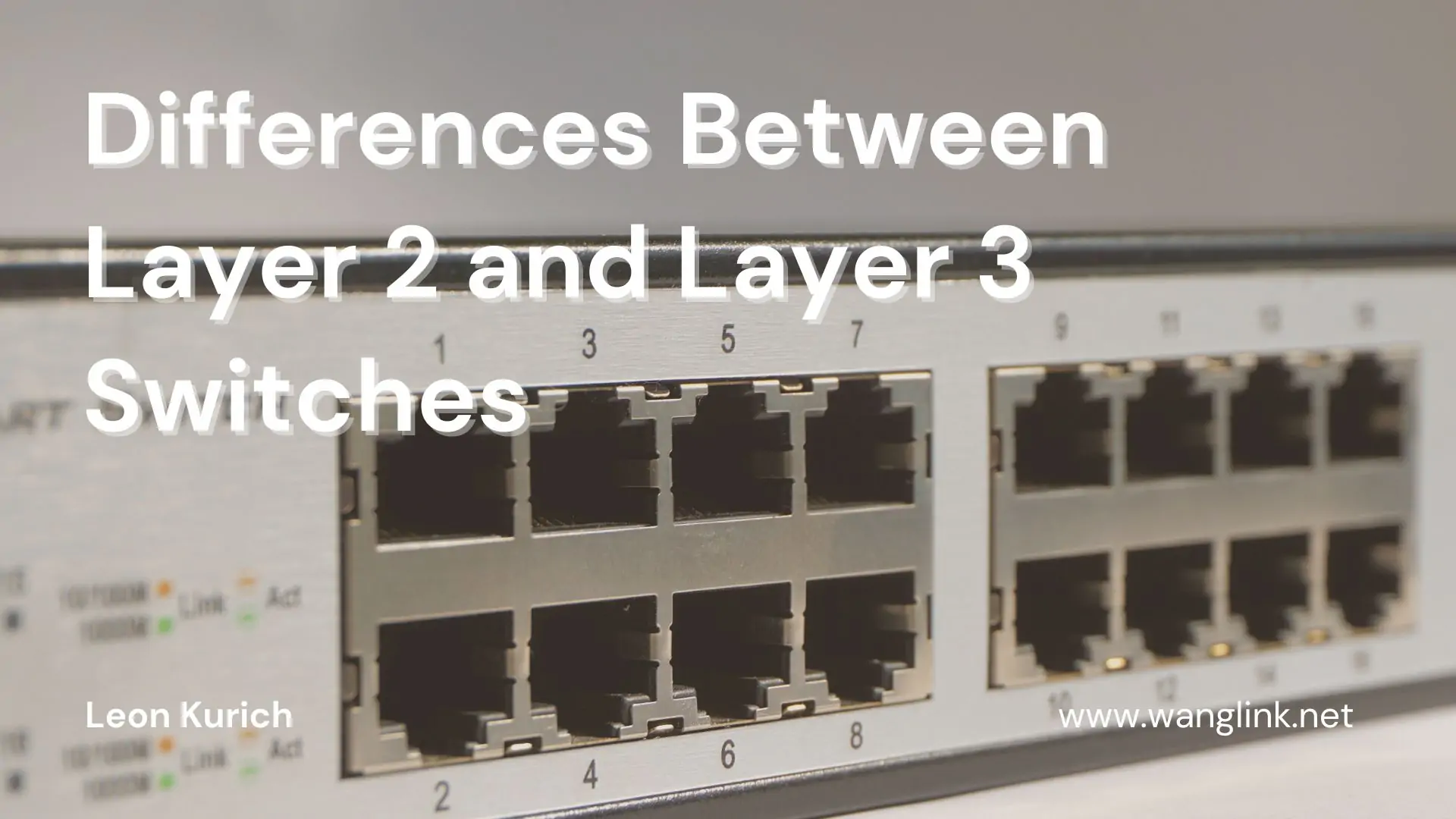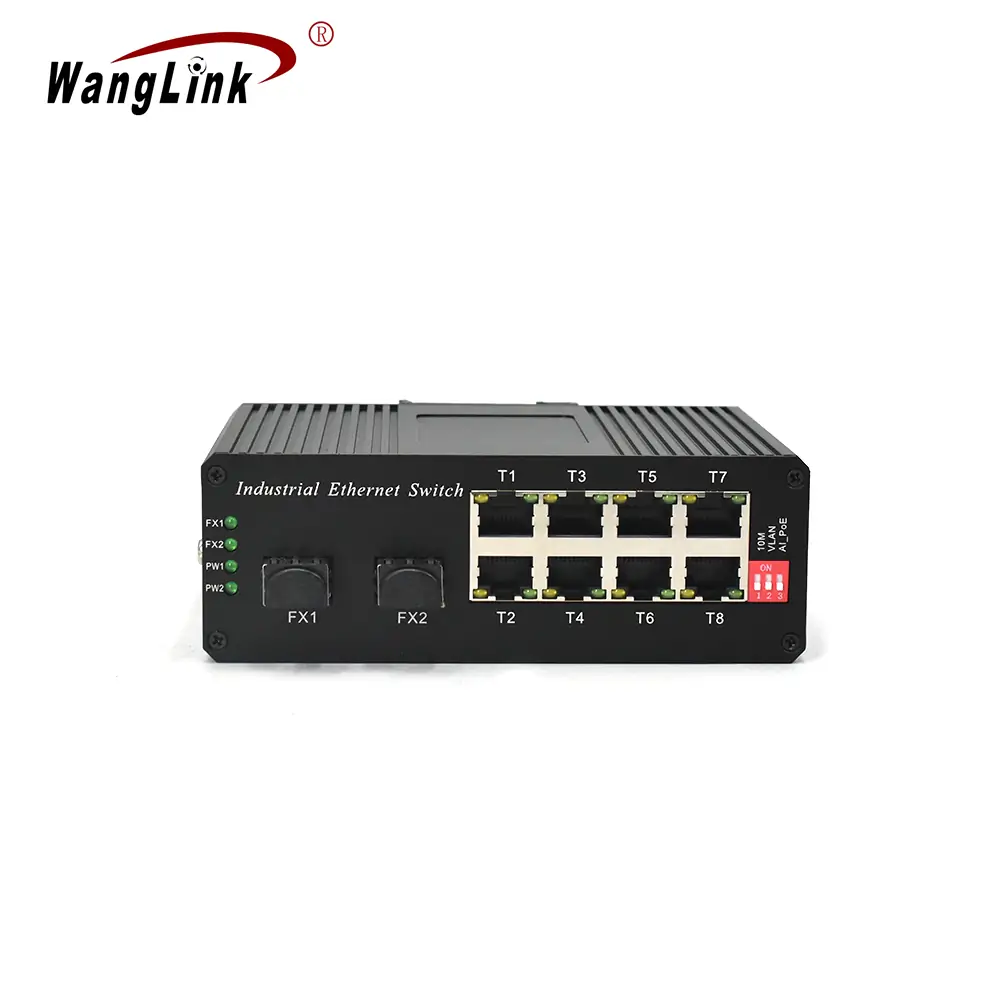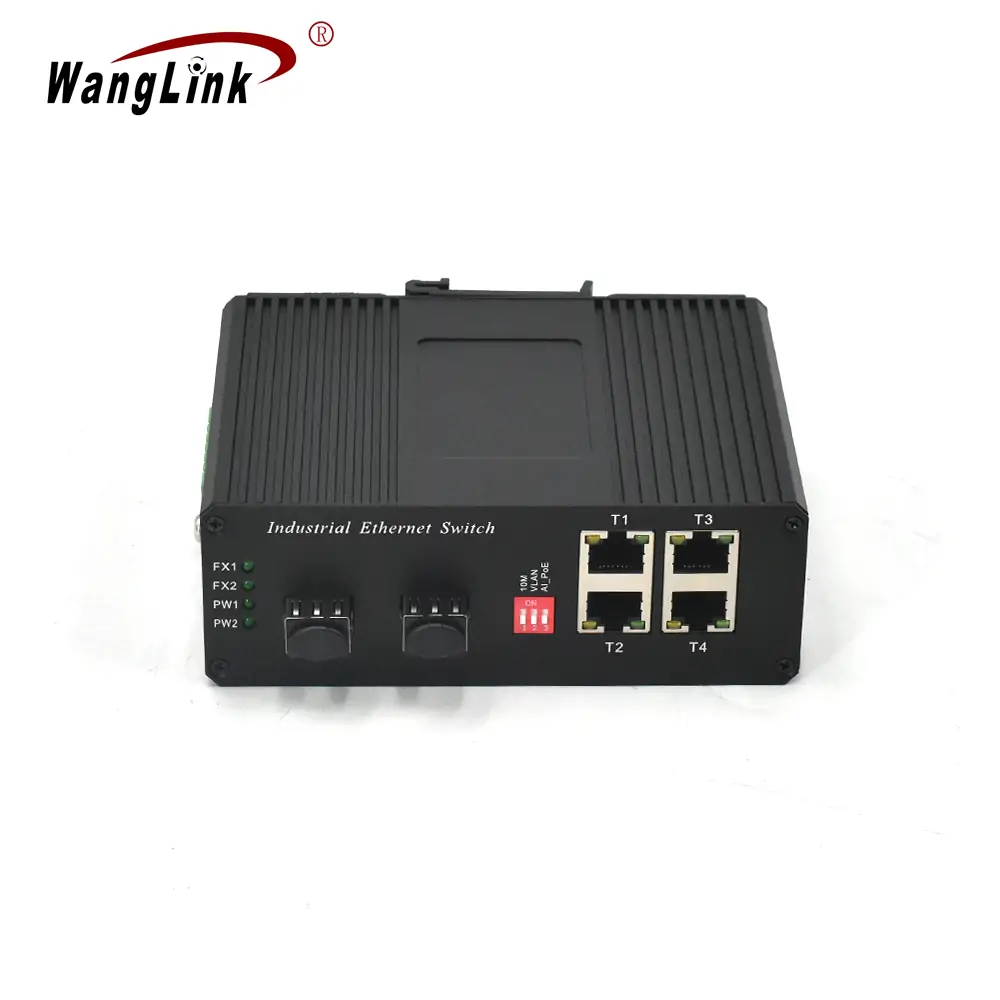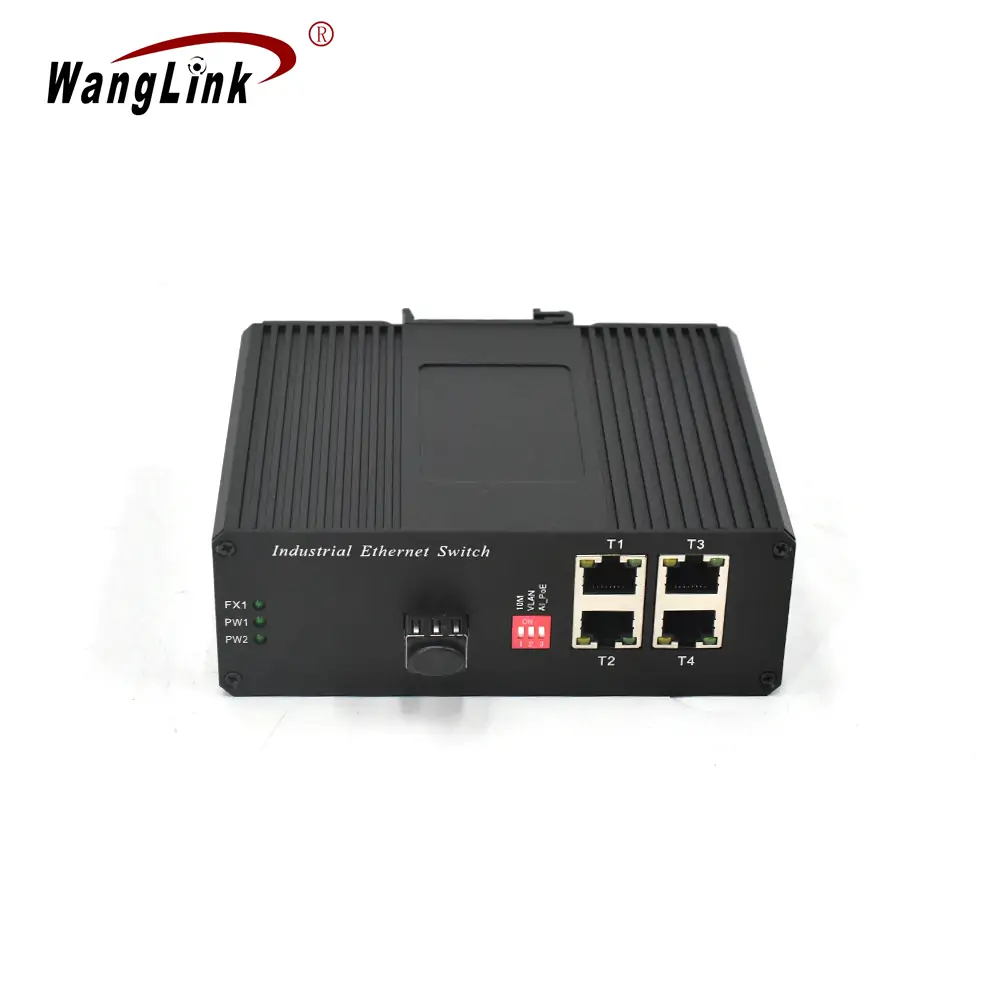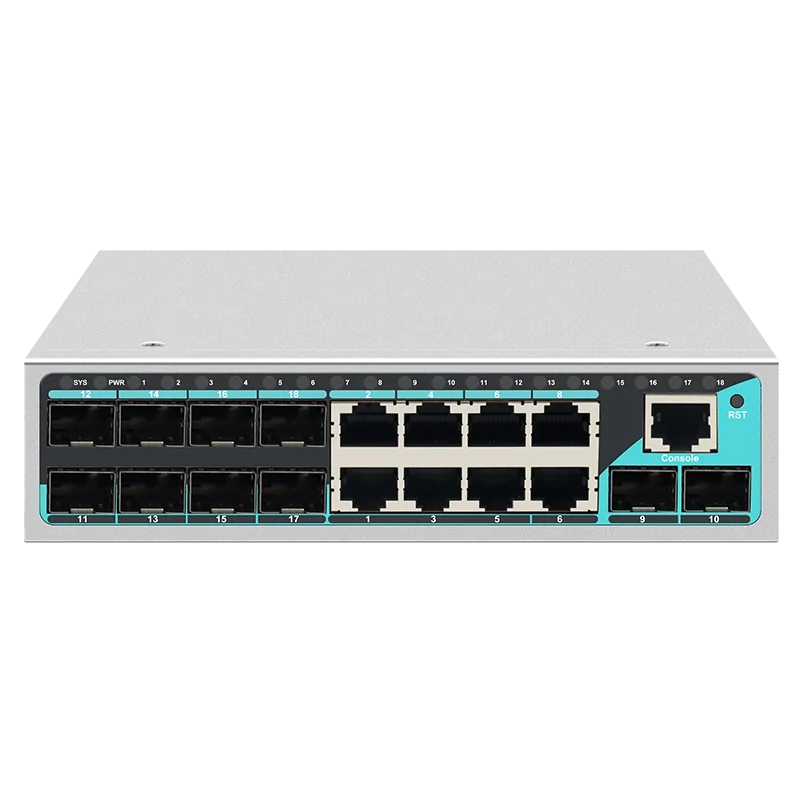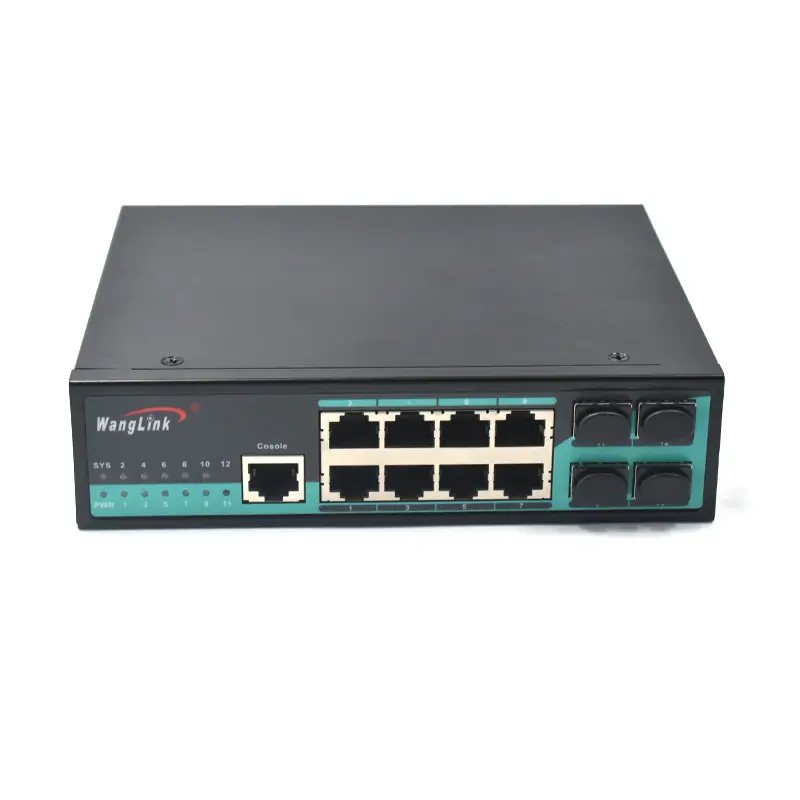1. Layer 2 Switch
A Layer 2 switch, also known as a data link layer switch, operates at the second layer of the OSI model. It forwards data packets based on MAC (Media Access Control) addresses, facilitating data transmission within a local area network (LAN).
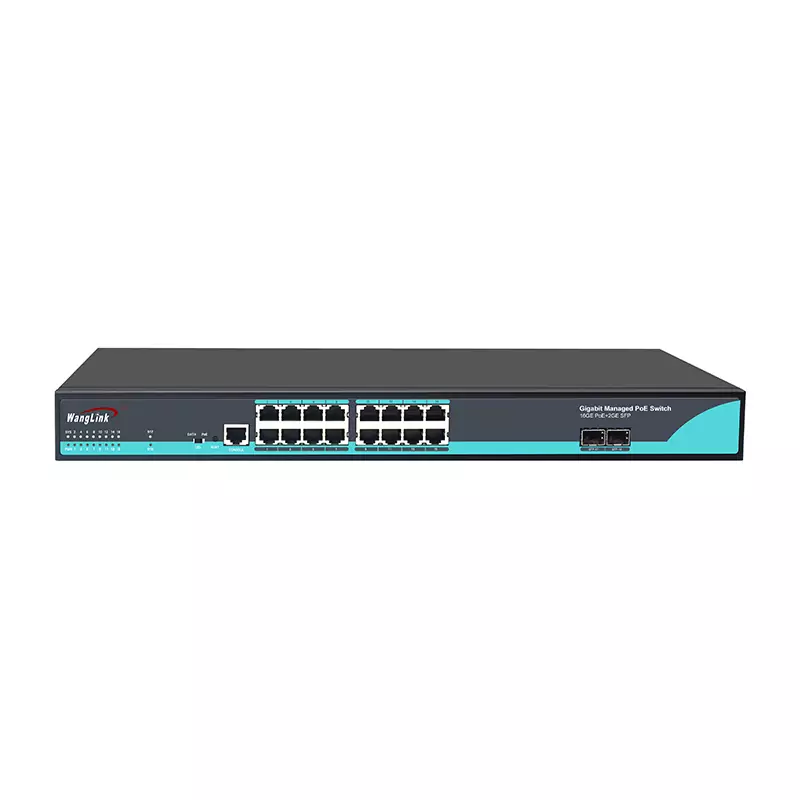
Features:
- Transparency: Layer 2 switches are transparent to upper-layer protocols, meaning they do not concern themselves with the packet’s content, only forwarding based on MAC addresses.
- Broadcast Domain Segmentation: They can segment a LAN into multiple broadcast domains, reducing the range of broadcast packets.
- No Configuration Required: Typically, they do not require complex configurations and can operate simply by being connected to the LAN.
- Fast Forwarding: Using hardware-based switching, Layer 2 switches have very fast forwarding speeds.
Working Principle:
When a Layer 2 switch receives a data packet, it checks the target MAC address. If the address exists in its MAC address table, it forwards the packet to the corresponding interface; if not found, it broadcasts a special data packet called a broadcast frame. The target device responds with its MAC address, which the switch stores to facilitate future forwarding.
Layer 2 switches are suitable for small LANs, offering quick forwarding and easy operation, but lack routing capabilities at the network layer (Layer 3), which may not suffice for more complex networks.
2. Layer 3 Switch
A Layer 3 switch combines the functionalities of both Layer 2 switches and routers, operating at the third layer of the OSI model. It can forward packets based on both MAC addresses and IP addresses for routing.
Features:
- Multilayer Forwarding: Layer 3 switches can forward both at the data link layer and perform routing at the network layer.
- Broadcast Domain Segmentation: Similar to Layer 2 switches, they can segment a LAN into multiple broadcast domains.
- Supports Multiple Protocols: Capable of supporting various network layer protocols, such as IP, IPX, and AppleTalk.
- Flexible Configuration: Typically requires configurations for IP addresses, routing tables, etc.
Working Principle:
When a Layer 3 switch receives a data packet, it first checks the target IP address and queries its routing table to determine the next hop. If no corresponding entry is found, it forwards the packet to the default gateway. The switch sends the packet to the next hop’s interface until the target device is reached.
With routing capabilities, Layer 3 switches are better suited for larger networks, allowing for greater flexibility in network configuration and management while maintaining high forwarding speeds and low latency. However, compared to Layer 2 switches, Layer 3 switches are generally more expensive and require greater expertise in configuration and management.
3. Knowledge Expansion
Router Functions
- Routing Concept: The action of transmitting data from one location to another, done by devices called routers.
- Routing Table: Stores relevant data for transmission paths used in routing decisions, including subnet identifiers, the number of routers, and names of the next routers. Routing tables can be static (set by the system administrator) or dynamic (adjusted automatically based on network conditions).
